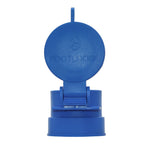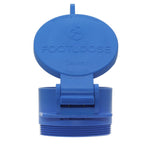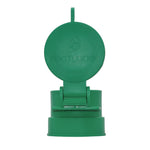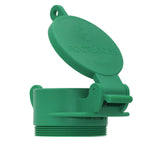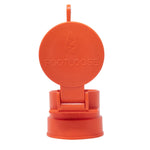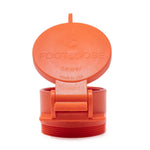You have no items in your shopping cart.
Are you priming a well pump for the first time? Have you purchased a well pump, but aren’t sure if it even needs to be primed? Check out this blog post for a step-by-step guide to priming your well pump.
According to the U.S. Geological Survey, 15% of the population in the United States relies on private wells as their primary source of drinking water. If you’re nervous about installing a well pump on your property, don’t worry; 43 million people in the U.S. have dealt with the same thing!
The first step to getting your well up and running is determining what kind of well you have. Deep wells and shallow wells require different equipment to deliver water to you; depending on the depth of your well, you may need to purchase a well pump that needs to be manually primed.
What are Self-Priming Well Pumps?
Not all well pumps need to be manually primed, even when you first install them. To understand the difference, you’ll need to understand the two basic types of well pumps.
- Submersible well pumps operate completely underwater, where the pumping unit is placed within the well casing and is connected to a power source at the top of the well. This type of well pump works best for deep wells, and does not need to be primed because it works underwater.
- Non-submersible well pumps will work best for shallow wells. Because they operate above the well water, they will need to be primed when they are first installed. Read on to learn the steps for priming a shallow well pump.
For beginners who are dealing with a well pump for the first time, the EPA has a helpful diagram that explains the components of well pumps.
Why is Priming a Well Pump Important?
Simply put, your well pump will need to be primed in order to function correctly. Priming well pumps is the process of manually creating a pressure vacuum through which water can be pulled from the well and directed through your water lines.
Most often, priming a well pump will only need to be done when your well pump is first installed. After that, you’ll only need to re-prime your well pump after any malfunctions of the pump--one might think of this process as “re-calibrating” it.

Step-by-Step instructions for How to Prime A Well Pump
These steps will walk you through how to prime a shallow well pump (also called a non-submersible well pump). At each step along the way, you’ll want to inspect the well pump parts for damage, leaking, or cracks in the material. If your well pump won’t prime, damages to the well pump itself could be the reason why.
- Disconnect the well pump from all power sources.
- Remove the prime plug. This is usually a square or hexagonal-shaped plug located at the top of the pump.
- Locate and open the release valves. This will prevent pressure buildup.
- Run a water hose to the hole where the prime plug was.
Note: The water you use to prime your well pump will need to be the same as the intended use for the well water; for example, if you are priming a shallow-well pump to pull drinking water from the well, you’ll need to use a hose that emits clean drinking water to fill the tank.
- Turn on the water and let the pump casing fill up with water. You’ll see the casing start to overflow from the prime plug hole and the release valves when it is full.
- Place the prime plug back to where it was, and re-connect the pump to the power. If the cycle runs normally and starts and stops as it should, you’ve succeeded!
If you notice that your well pump is cycling abnormally, or the water pressure is not what you want it to be, try walking through these steps once more.
What about a Convertible Jet Pump?
A convertible jet pump is a well pump that has an extra pipe, which helps it pull water from ultra-deep wells over 90 feet deep! Because convertible jet pumps have two pipes (one for water suction and one for pushing water toward your outlet valve), both pipes need to be filled with water, as explained in step 5 above. Other than that, the process of priming this type of well-pump will be exactly the same.
Troubleshooting Primed Well Pumps
What should you do if your well pump won’t prime? If your well pump is malfunctioning, the issue is most likely because of a broken pump component. These components could include foot or check valves that need to be replaced; leaky pipes or fittings; or loose fasteners.
If you notice that your pump is losing pressure (you can monitor your pump’s water pressure by installing an external pressure gauge), the issue could be due to a clog somewhere along your property’s water lines. If everything appears to be functioning correctly, but you’re still dissatisfied with your water pressure, you can also instal a booster pump. The process of how to prime a well pump with a pressure tank is the same as the steps outlined above.
After fixing any of the above mentioned issues, your well pump will need to be re-primed in order to function correctly.
Next Steps
If you’re still unsure of how to go about priming your well pump, or if your well pump is malfunctioning, call a plumber for extra assistance. Whether you’re a homeowner or a construction or home improvement professional, you’ll be able to save time by simply hiring a plumber, who will be able to more quickly diagnose and solve the issue.



